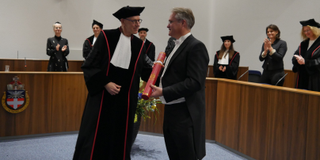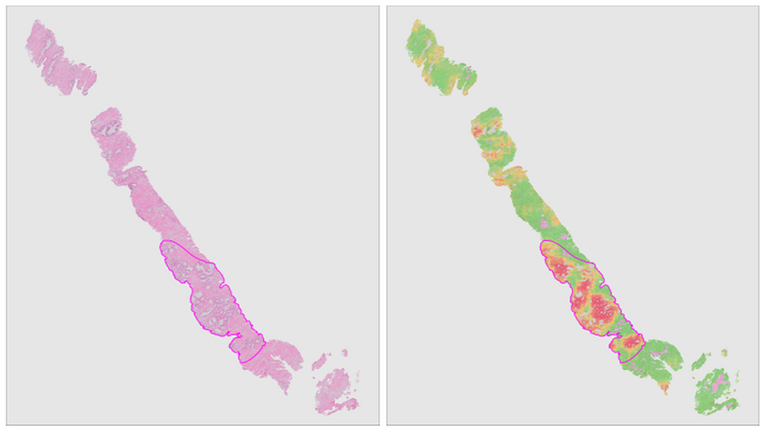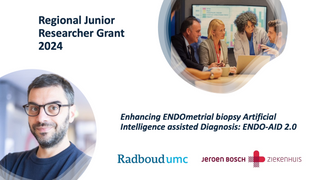
Bart Sturm successfully defends PhD thesis
Bart Sturm successfully defended his PhD thesis on digital and computational pathology. Read more →
The Computational Pathology Group develops, validates and deploys novel medical image analysis methods based on deep learning technology.


Bart Sturm successfully defended his PhD thesis on digital and computational pathology. Read more →

Francesco Ciompi, in collaboration with JBZ, receives grant for ENDO-AID 2.0: Enhancing ENDOmetrial biopsy Artificial Intelligence assisted Diagnosis. Read more →

Five DIAG/CPG researchers took on the Alpe d’HuZes challenge, contributing to €19 million raised for the Dutch Cancer Society. Read more →